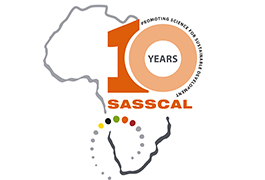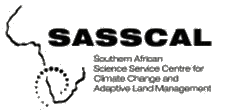
The Southern African Science Service Centre for Climate Change and Adaptive Land Management (SASSCAL) commends and hails the recent signing of a Joint Communication of Intent on Green Hydrogen cooperation, between German and Namibia. The partnership seeks to invest efforts on green hydrogen energy in the Namibian nation which will have a positive catalytic effect on Southern Africa’s energy sector. The presence of climate friendly natural resources; key to green hydrogen energy such as wind are fully manifest in Namibia and this is an opportunity that can spear head three notable solutions to the SADC regional problems namely climate management, energy crisis and sustainable economic development.
Namibia like other third world economies is facing a rough road to embracing fully the use of fossil fuels especially in areas where electrification is not possible. In order to foster a fully aggressive energy transition, hydrogen energy produced from the renewable resources is the only key and speedy solution. Green hydrogen can also be very instrumental in the reduction of carbon emissions especially in energy heavy consuming industries such as chemical industries, steel, cement and aviation.
According to the Hydrogen Roadmap Europe: A sustainable pathway for the European Energy Transition, green hydrogen will play a critical role in Europe energy transition and is projected to account for at most 24% of final energy demand in the continent as well as 5.4 million jobs created by year 2050. This will be accompanied by a reduction of 560 million metric tons of carbon dioxide in total.
As pointed out by German’s Federal Research Minister Anja Karliczek during the signing ceremony, that “Namibia has enormous potential for scaling up a green hydrogen industry. It has a lot of vast unused space. High wind speeds in Namibia mean that the generation of wind power is particularly profitable. Solar power harbours an even greater potential thanks to over 3,500 hours of sunshine per year. This is almost twice as much as Germany has to offer. We therefore think that one kilogramme of hydrogen from Namibia will eventually cost between €1.50 and €2.00.
This would be the most competitive price in the world which would be a huge locational advantage for hydrogen ‘made in Namibia’. The National Hydrogen Council estimates that hydrogen demand of German industry alone (excluding refineries) will amount to 1.7 billion tons per year– and this demand is likely to grow further. This estimate underlines that we need large amounts of hydrogen and we need it quickly and at low cost. Namibia can provide both”
The Southern African Science Service Centre for Climate Change and Adaptive Land Management (SASSCAL) is an active supporter, front runner and think tank for Green Hydrogen developments in Southern Africa. The organisation aims to become a global movement to transform the global energy sector into one which contributes to climate-friendly products.




